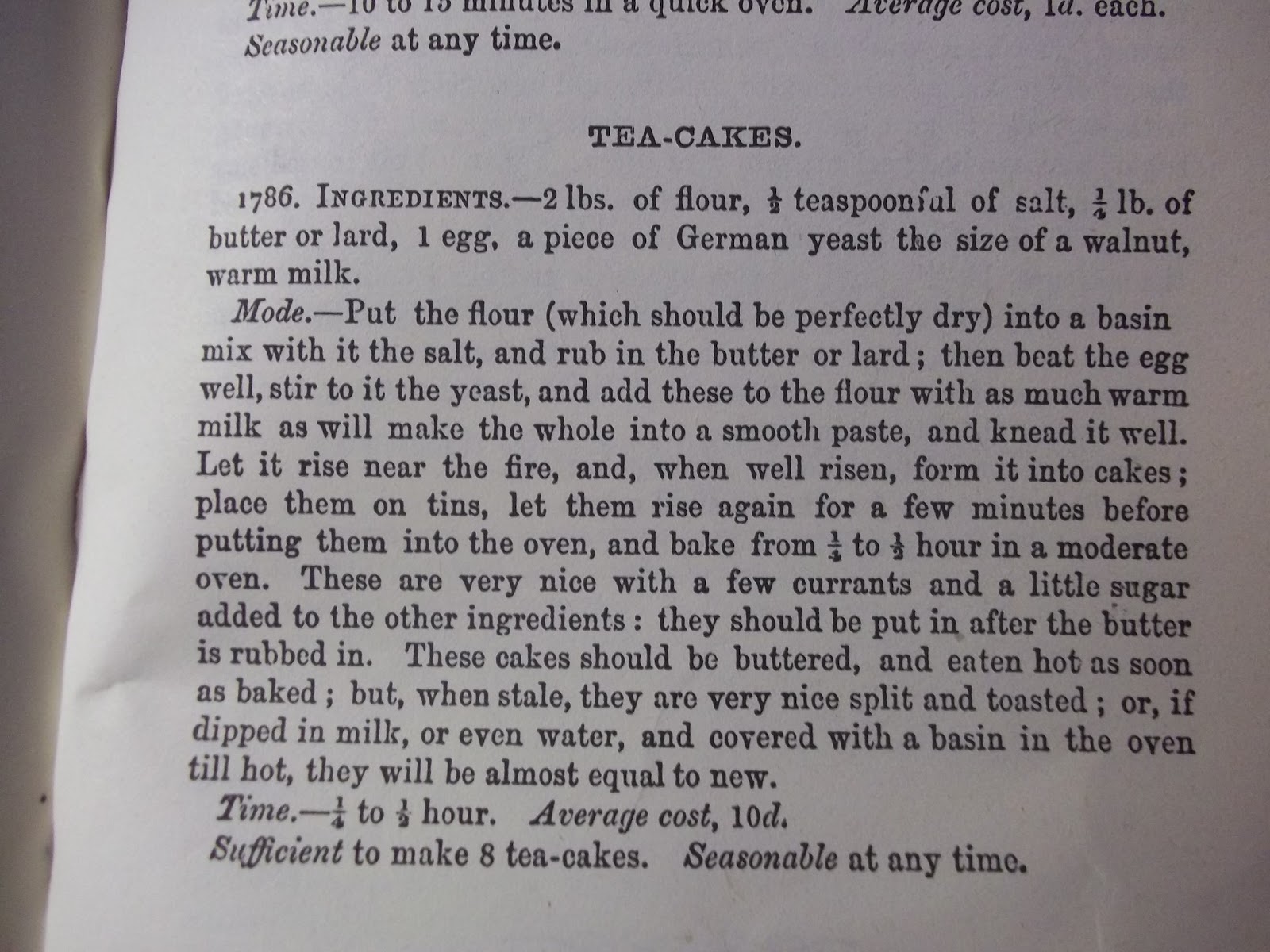One of the best college courses I ever had was on the Gilded Age taught by Dr. Daniel Vivian. The guidelines for the final term paper were rather broad so I chose to do mine on men's clothing trends 1880-1915. It seemed straight forward at first since I have spent a great deal of time working to understand this but it was unexpectedly challenging to prove basic aspects of men's dress during the period (the basics of which had endured for many years prior), which had become ingrained in me, to someone who was not familiar with the subject. I used this 1912 barroom scene to illustrate to the reader how commonly accepted it was during the Gilded Age that a man's shirt should be at least somewhat covered by another garment when going out of doors or in mixed company. All of the customers, while seemingly working class and not at all well to do, are observing this custom. Three out of the four are wearing jackets. They have come in from the outside and will be leaving again before the bar is closed. The only subjects not covering their shirts are the bartenders- settled in, the first ones in and last ones out, and isolated from company that could be offended. The practice of men wearing a shirt as an outer layer is a very modern practice- it did not occur to men in 1912 who were even just going out for a beer with the guys after a hard day's work
The practical application of this is that a garment layer of a washable material and that was easier to obtain was necessary between the body and more expensive and specialized garments such as the waistcoat and coat. Body soils disintegrate textiles and the outer layers (often made of wool) were seldom washed.
Yours &c.,
The Victorian Man





































